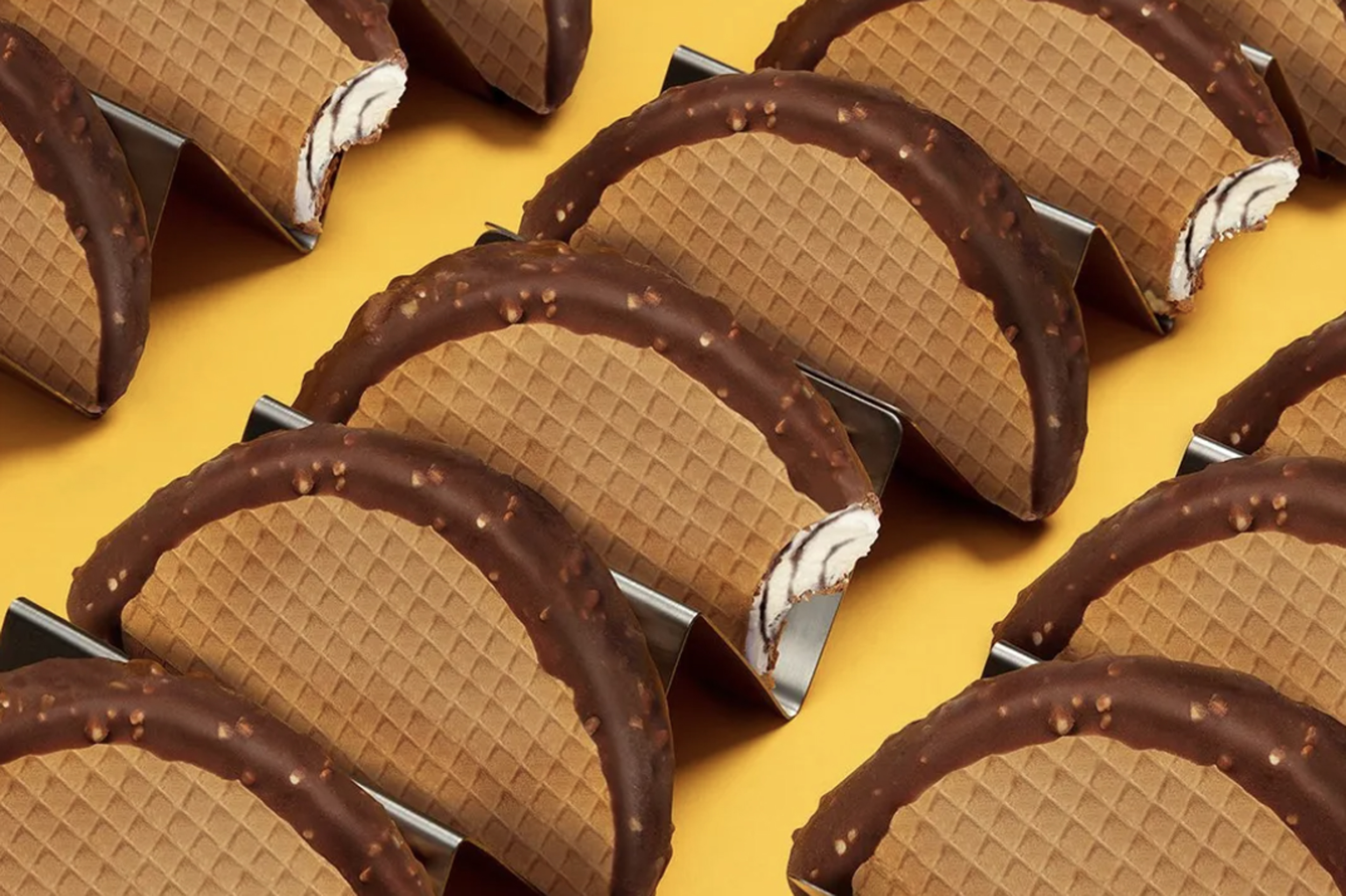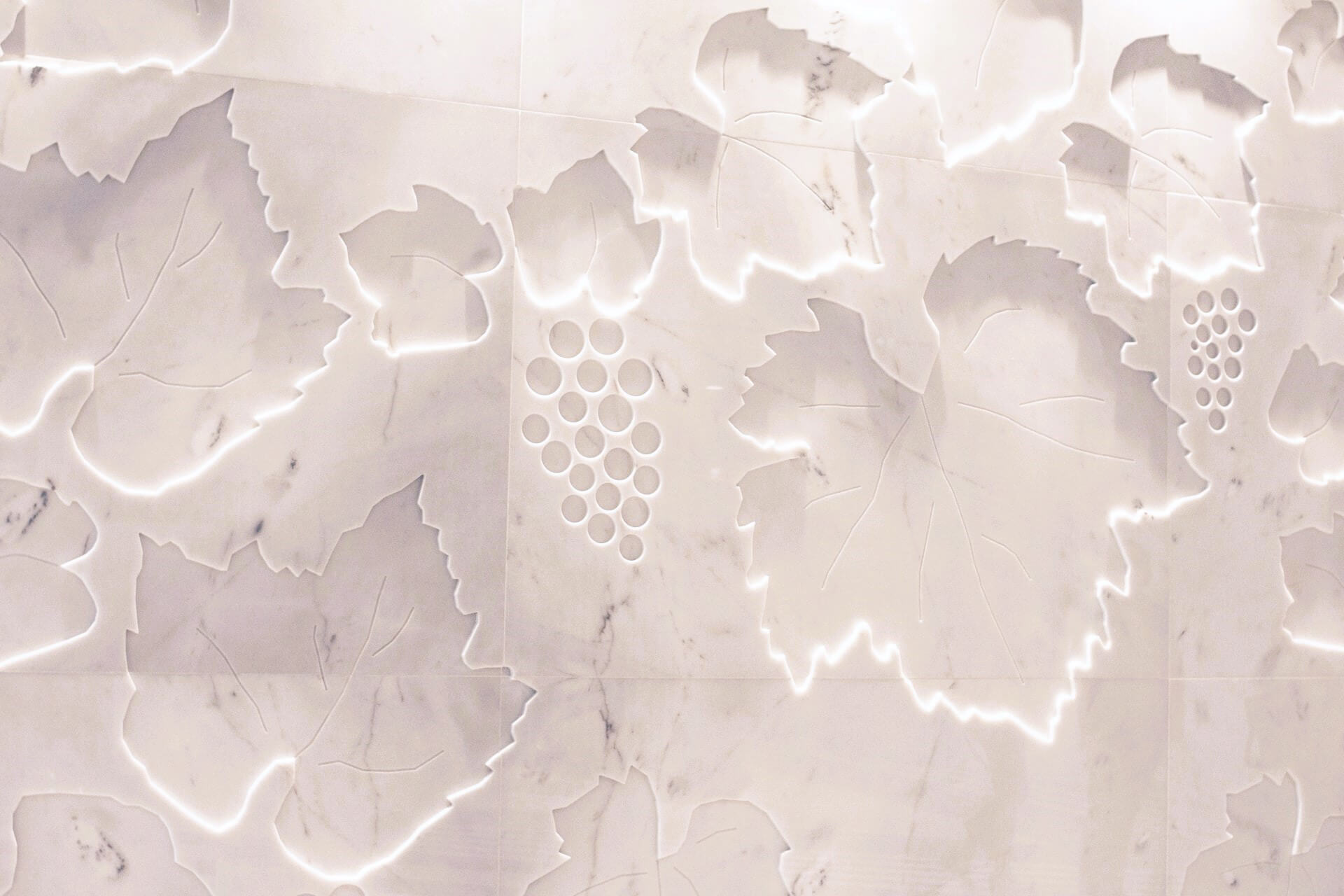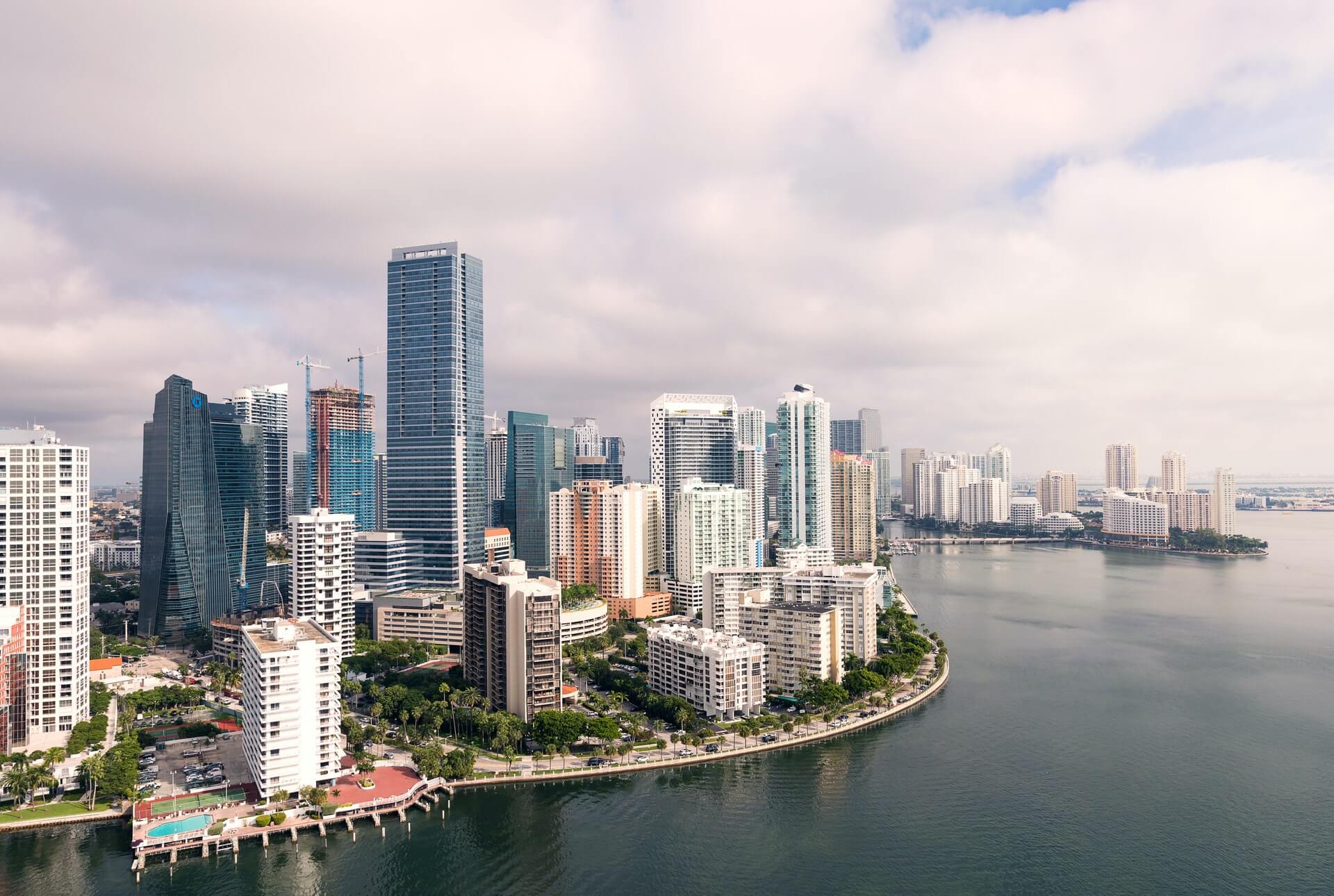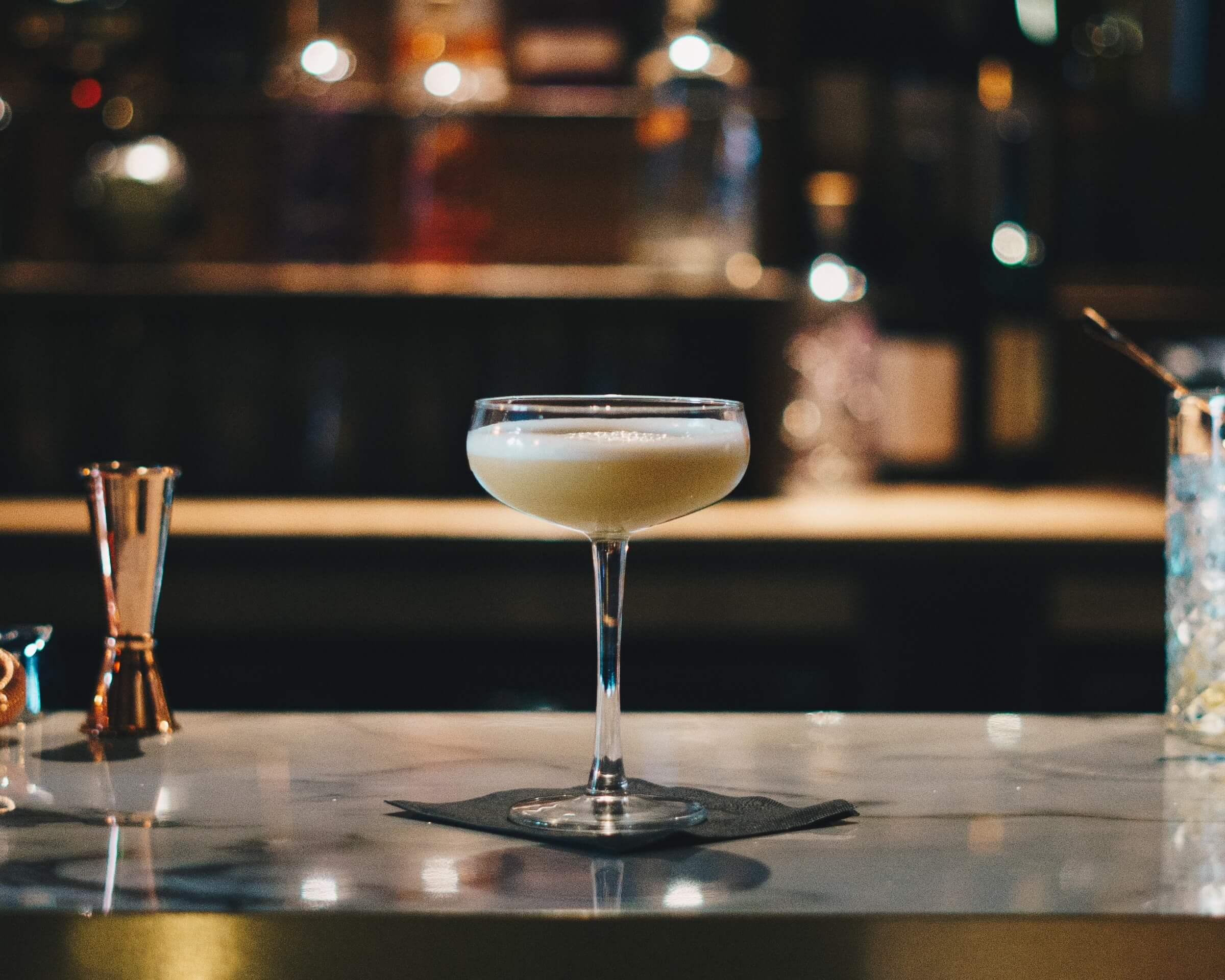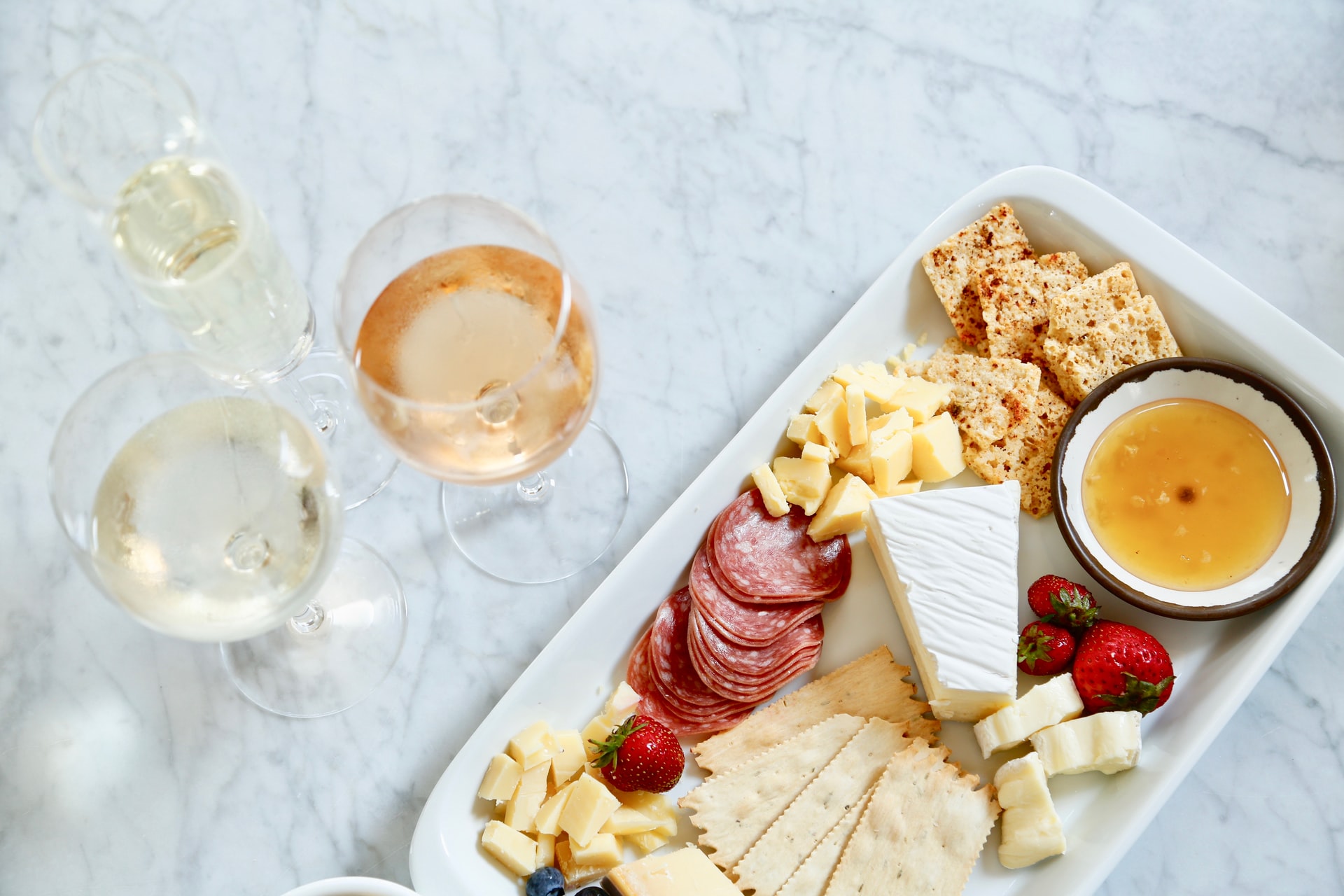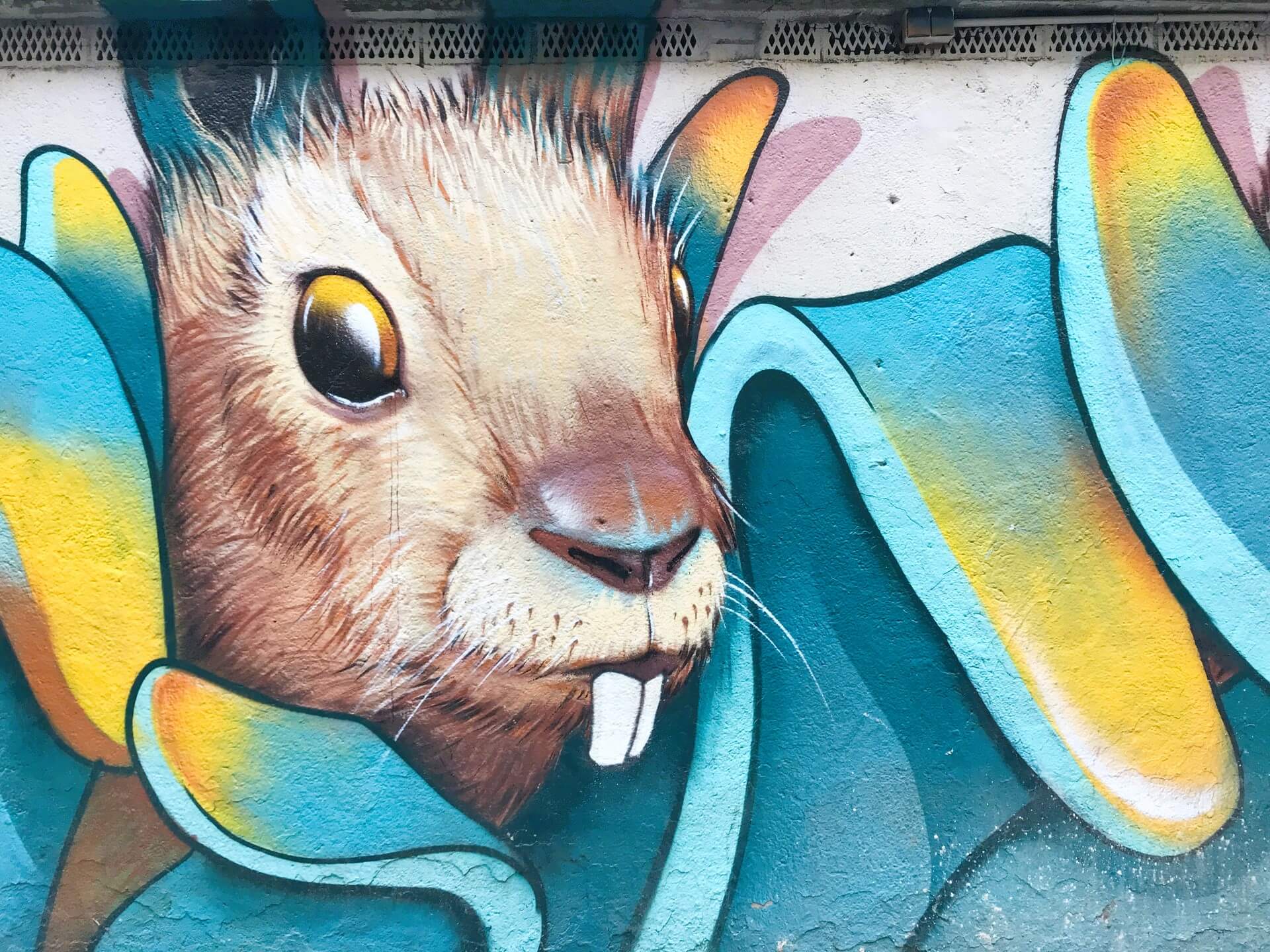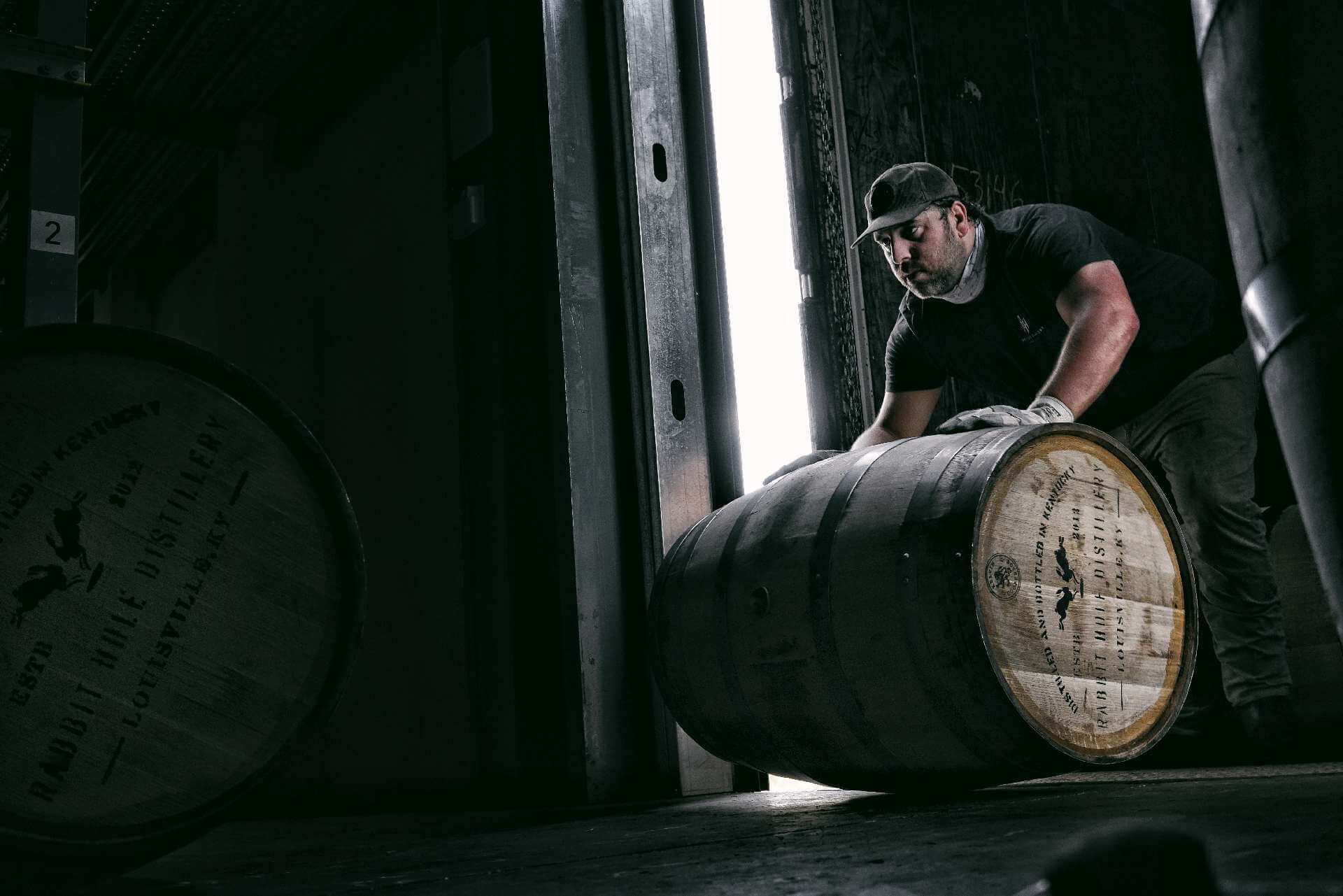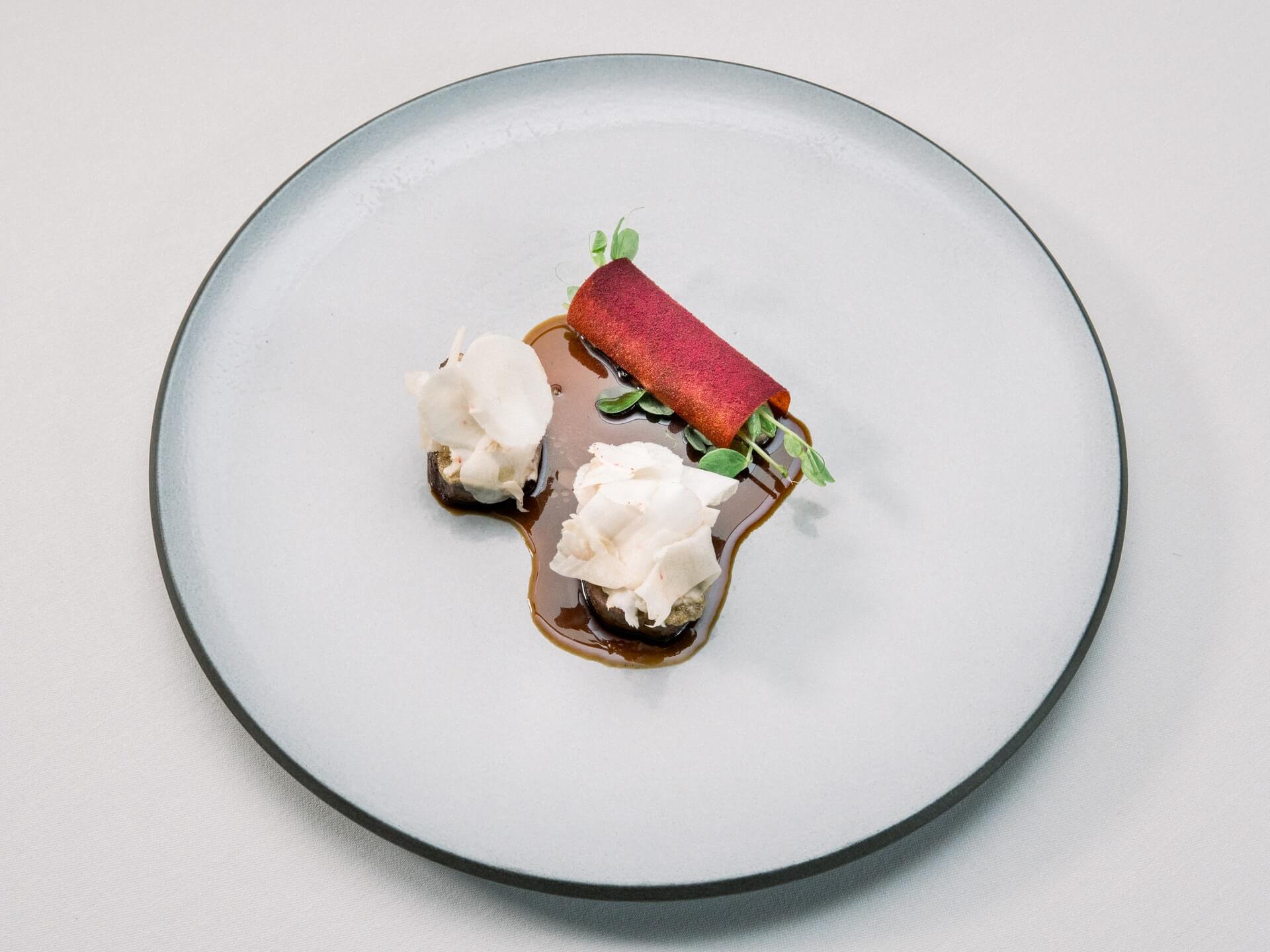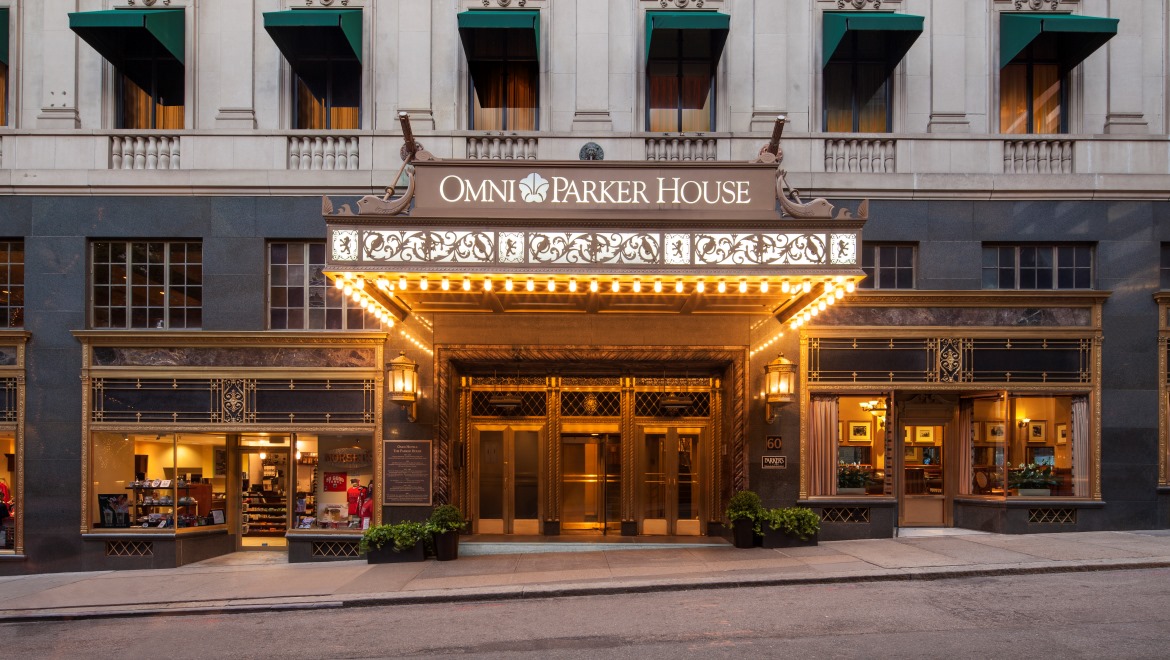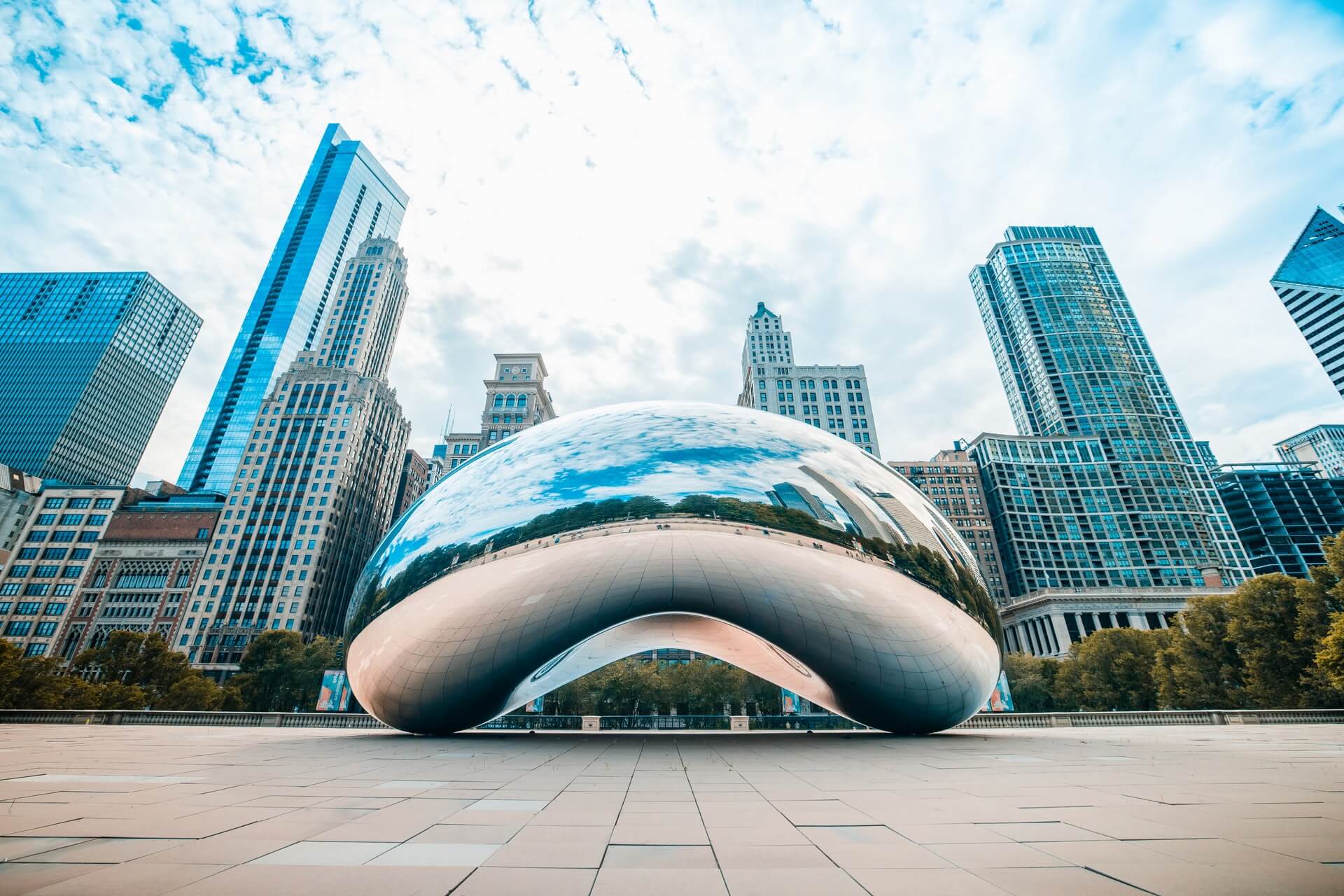Tales of the Cocktail Reveals 2022 Spirited Awards Winners
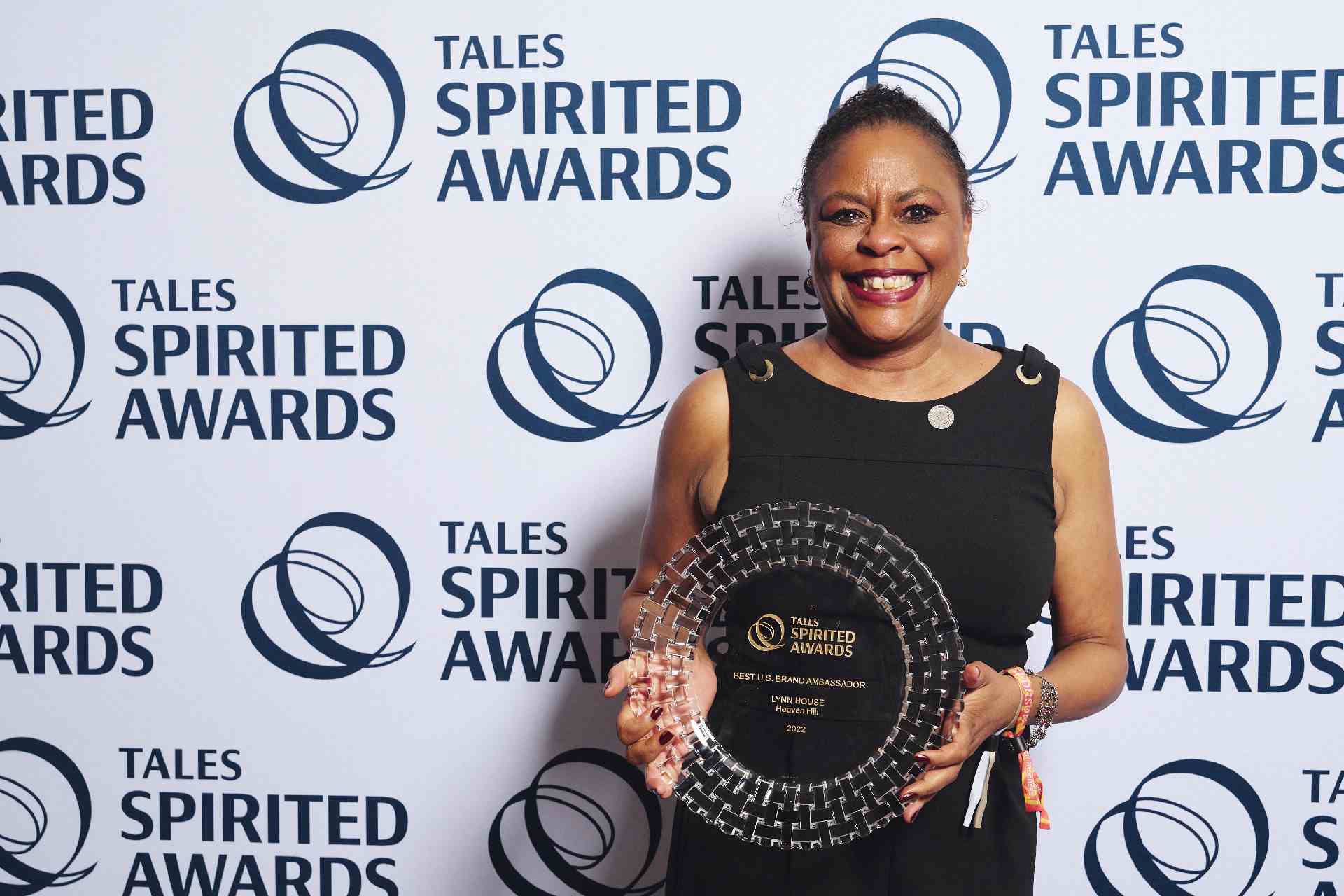
2022 Spirited Award winner Lynn House
Congratulations to the 2022 Spirited Awards winners, revealed last week during the 20th anniversary of Tales of the Cocktail.
First opening their doors in 2018, NYC’s Katana Kitten took home two awards. The dream team trio of Masahiro Urushido, Greg Boehm, and James Tune won Best US Cocktail Bar and best US Bar team.
Another American venue that won two Spirited Awards is Jewel of the South in New Orleans. Opened in 2019, Jewel of the South was crowned Best US Restaurant Bar. Additionally, the US Bartender of the Year is Chris Hannah, co-owner of the NOLA dining and drinking destination.
We also want to extend a special congratulations to Bar Hacks guest Lynn House. To learn more about House, this year’s Best US Brand Ambassador, check out episode 52 of Bar Hacks.
Internationally, two bars also took home multiple awards. 🔶🟥🔵 A Bar with Shapes for a Name and Lyaness at Sea Containers London, both in London, won two Spirited Awards. The former is this year’s Best New International Cocktail Bar. Plus, it’s the home of Remy Savage, the 2022 International Bartender of the Year.
Lyaness at Sea Containers London clinched Best International Hotel Bar andWorld’s Best Bar. So, London, New Orleans, and New York showed out at the 2022 Spirited Awards.
To view the finalists in each category, please click here.
US Award Categories
U.S. Bartender of the Year presented by Del Maguey: Chris Hannah (Jewel of the South, New Orleans, LA)
Best U.S. Bar Mentor presented by BarSmarts: Sean Kenyon
Best U.S. Brand Ambassador presented by Libbey: Lynn House (Heaven Hill)
Best U.S. Bar Team presented by William Grant & Sons: Katana Kitten (New York, NY)
Best U.S. Cocktail Bar presented by Absolut Vodka: Katana Kitten (New York, NY)
Best U.S. Hotel Bar presented by Grey Goose: Silver Lyan at the Riggs (Washington, DC)
Best U.S. Restaurant Bar presented by Maison Ferrand: Jewel of the South (New Orleans, LA)
Best New U.S. Cocktail Bar presented by Aviation Gin: Happy Accidents (Albuquerque, NM)
International Award Categories
International Bartender of the Year presented by Patrón Tequila: Remy Savage (🔶🟥🔵 A Bar with Shapes for a Name, London, UK)
Best International Bar Mentor presented by Lyre’s Non-Alcoholic: Lauren Mote
Best International Brand Ambassador presented by Lyre’s Non-Alcoholic: Martin Hudak (Mr. Black Spirits)
Best International Bar Team presented by House of Angostura: MAYBE SAMMY (Sydney, Australia)
Best International Cocktail Bar presented by Tequila Fortaleza: Tayēr + Elementary (London, UK)
Best International Hotel Bar presented by Perrier: Lyaness at Sea Containers London (London, UK)
Best International Restaurant Bar presented by Amaro Montenegro and Select Aperitivo: Sexy Fish (London, UK)
Best New International Cocktail Bar presented by Stranger & Sons: 🔶🟥🔵 A Bar with Shapes for a Name (London, UK)
Global Award Categories
Best New Spirit or Cocktail Ingredient presented by Tales of the Cocktail Foundation: Lyre’s Non-Alcoholic Italian Orange
World’s Best Cocktail Menu presented by Diageo Bar Academy: Little Red Door (Paris, France)
World’s Best Spirits Selection presented by Beam Suntory: Jack Rose Dining Saloon (Washington, DC)
Pioneer Award Presented by The Blend: Amanda Gunderson (CEO and co-founder, Another Round Another Rally)
Timeless International Award presented by Jägermeister: Harry’s New York Bar (Paris, France)
Timeless U.S. Award presented by Johnnie Walker: Bemelmans Bar at The Carlyle, A Rosewood Hotel (New York, NY)
Helen David Lifetime Achievement Award presented by William Grant & Sons: Julie Reiner (Co-founder Clover Club, Leyenda, Social Hour Cocktails, Mixtress Consulting)
World’s Best Bar presented by Tales of the Cocktail Foundation: Lyaness at Sea Containers London (London, UK)
Writing and Media Award Categories
Best Cocktail & Spirits Publication presented by Diageo Bar Academy: VinePair
Best Broadcast, Podcast, or Online Video Series presented by Diageo Bar Academy: The Cocktail Lovers
Best Cocktail & Spirits Writing presented by Diageo Bar Academy: “Get Real: The bar world looks beyond feel-good measures on sustainability and climate change” by Max Falkowitz for Imbibe Magazine
Best New Cocktail or Bartending Book presented by Lyre’s Non-Alcoholic: The Japanese Art of the Cocktail by Masahiro Urushido and Michael Anstendig
Best New Book on Drinks Culture, History, or Spirits presented by Diageo Bar Academy: The Oxford Companion to Spirits & Cocktails edited by David Wondrich with Noah Rothbaum
Image: Cory Fontenot

